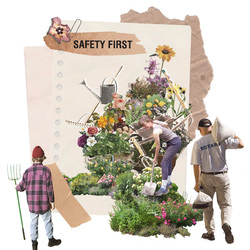GARDENING – THE SECRET TO MENTAL WELLBEING
It is all too easy to overlook the simple things in life. People have taken up gardening as a hobby to help them relax and centre themselves
It is all too easy to overlook the simple things in life. People have taken up gardening as a hobby to help them relax and centre themselves
Posted 20 Mar 2020 12:47







